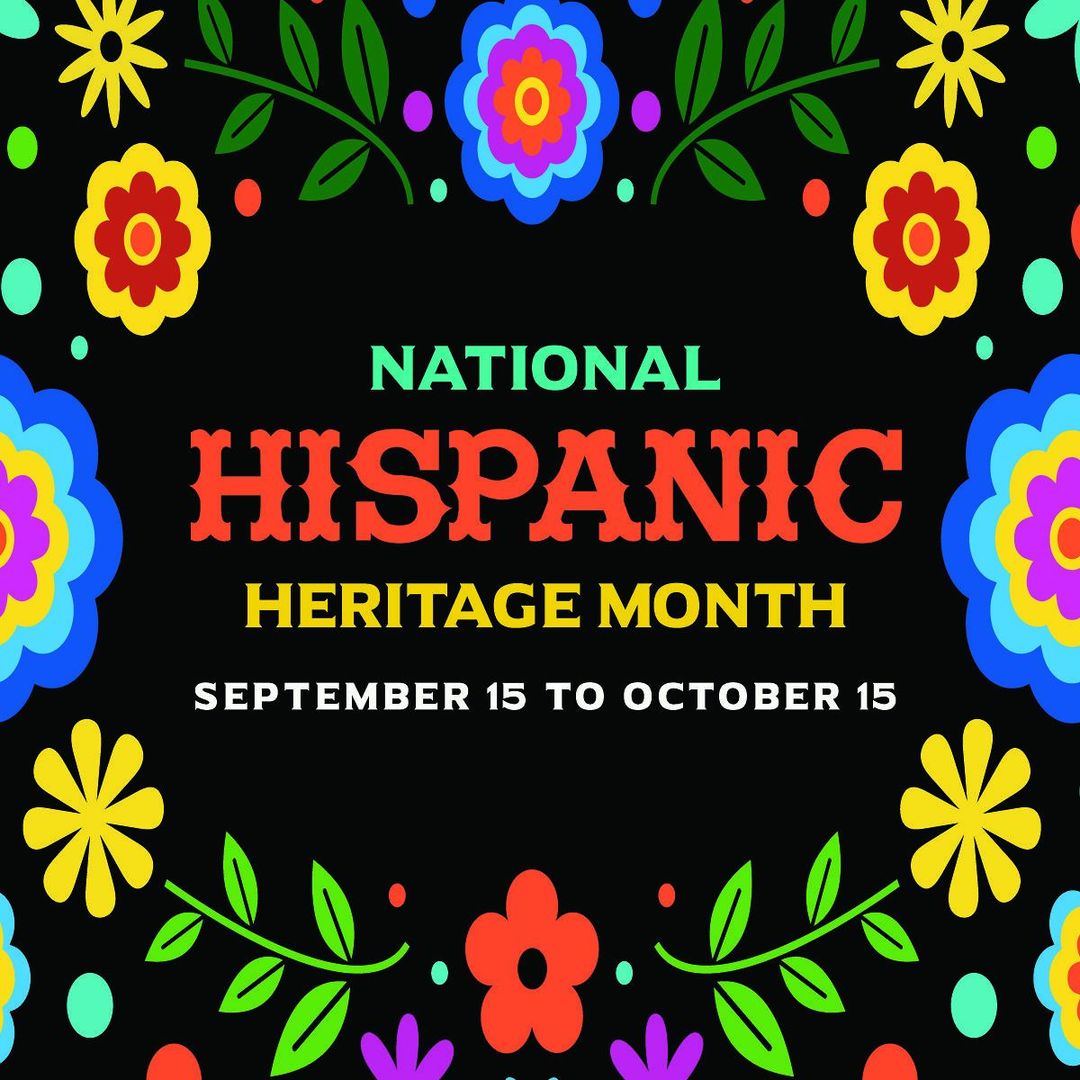In the United States, contributions from Hispanic Americans extend from activists that worked on rights for migrant workers, to business owners, to sports and athletes, to politicians and law makers, to fashion designers and great musicians that are widely followed by all audiences. We can cite many names in the arts, in science, in politics, and in every aspect of our lives. We can also mention that for centuries people that came from Mexico, Spain, the Caribbean, Central and South America help us celebrate, honor, and understand the history, culture and influence of past generations. Hispanic Heritage Month is celebrated from September 15th through October 15th every year, celebrating the independence of countries such as Mexico, Chile, Costa Rica, Nicaragua, El Salvador, Honduras and Guatemala. A person can be Hispanic, as someone who descends from a Spanish speaking country, or Latino(a) as referring to someone who comes or is a descendant from a Latin American country. As you can imagine, with over 62 million Hispanics in our country, this generates a variety of preferences to be called, Latino, Hispanic, Mexican, Latin, etc. We can also talk about identity in terms of race or ethnicity because of its incredible diversity.
The Latino presence in America extends centuries from the Spanish colonization to the Revolutionary War passing through the Treaty of Guadalupe Hidalgo and the Treaty of Paris that followed the Mexican American and Spanish American wars. Being a mountain and low desert area, Colorado initially attracted few colonizers. In the first half of the 19th century, Colorado had a sparse population, inhabited mainly by Native Americans, who had long lived in the area, Hispanic settlers that traced their origins back to the seventeenth century and a handful of courageous pilgrims. Before the Territory of Colorado could become an integral part of the US, settlers were needed. Immigrants arrived at a fundamental moment in Colorado’s history besides contributing to the economy, their very presence provided the population craved for Colorado to become officially a US State. The Transcontinental Railroad promoted immigration to the American West, it was mainly built by immigrants, mainly Chinese who worked on the Central Pacific and Irish on the Union Pacific. Many of the people who took on this challenge were immigrants and their descendants. The two main factors that led to immigration to America and Colorado were freedom and poverty. By mid-1800’s, most immigrants were engaged in physical labor: agricultural, laborers, officials and employees of railroad companies, and miners. For immigrants, America was a place where every man and woman will find an occupation according to talents, enjoy resources -the primary resource being land beyond the capacity of the people to work, and consequently affordable.
This takes us to ponder, why Hispanic Heritage month is important? We want to showcase the contributions of the Latino community in our modern society to offer them a voice and for us to learn about diversity and different perspectives. We also want to recognize their achievements, history, and trajectory. Through this recognition, we can help inspire younger generations and create unity in our communities. According to the U.S. Census Bureau, one in every four children in the United States is Hispanic/Latino. As our country continues to increase in diversity, it’s important for all of us to understand and enhance our knowledge about American Latino experiences to recognize and value the many contributions Latinas and Latinos have made. The complicated intersection of race, ethnicity, and language is a recurring challenge even now, in the 21st Century, let this be an inspiration for us to make a difference and create equal access to education, services, and culture in our communities.
First Southwest Community Fund recognizes the economic development, employment contributions, and the growth that small businesses fuel within our rural economy and society, thus we are proud to support inclusive and equitable access to capital through a variety of innovative programs for rural Colorado entrepreneurs. Among these businesses, we have:
Cecilia Chavez, owner of Chavez Designs, a small family business located in Monte Vista, CO where they offer flower arrangements, gifts with flower arrangements, arrangements for funerals, weddings and birthdays.
Erika Martinez, owner of Better Cleaning Services. Erika has been cleaning residential houses for over 10 years. She recently branched into commercial cleaning services as well. She is well known in the San Luis Valley and is hired often to clean apartment rentals when people move out for big rental companies.
María Laguna, owner of Taquería La Costa. Maria opened her food truck with her husband in June 2023 in Durango. Taqueria La Costa brings expertise in cooking amazing Mexican Southern Food. Maria’s goal is to bring her authentic food to her community at an affordable price. She has over 7 years of experience in the food industry and has operated in prepping, selling, and creating food ideas.
When you drive around Southwest Colorado and see any of these businesses, make sure you stop by or simply say hello to recognize their incredible effort. If you are a developing entrepreneur, make sure you get in touch with our team [email protected] to explore your business idea and learn how we can support your business!
-Rosy McDonough, Executive Director

